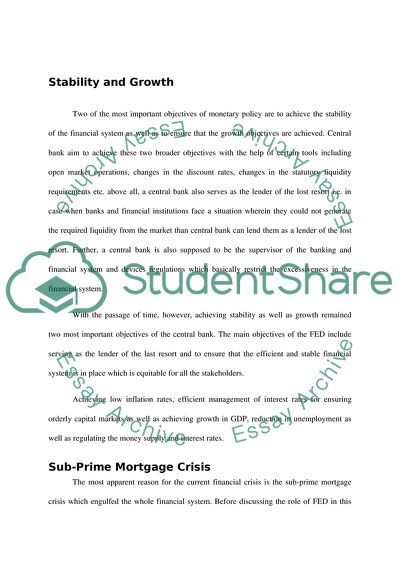Cite this document
(Federal Reserve Bank: Money and Banking Case Study, n.d.)
Federal Reserve Bank: Money and Banking Case Study. Retrieved from https://studentshare.org/macro-microeconomics/1734456-federal-reserve-bank-analysis-money-and-banking
Federal Reserve Bank: Money and Banking Case Study. Retrieved from https://studentshare.org/macro-microeconomics/1734456-federal-reserve-bank-analysis-money-and-banking
(Federal Reserve Bank: Money and Banking Case Study)
Federal Reserve Bank: Money and Banking Case Study. https://studentshare.org/macro-microeconomics/1734456-federal-reserve-bank-analysis-money-and-banking.
Federal Reserve Bank: Money and Banking Case Study. https://studentshare.org/macro-microeconomics/1734456-federal-reserve-bank-analysis-money-and-banking.
“Federal Reserve Bank: Money and Banking Case Study”, n.d. https://studentshare.org/macro-microeconomics/1734456-federal-reserve-bank-analysis-money-and-banking.


